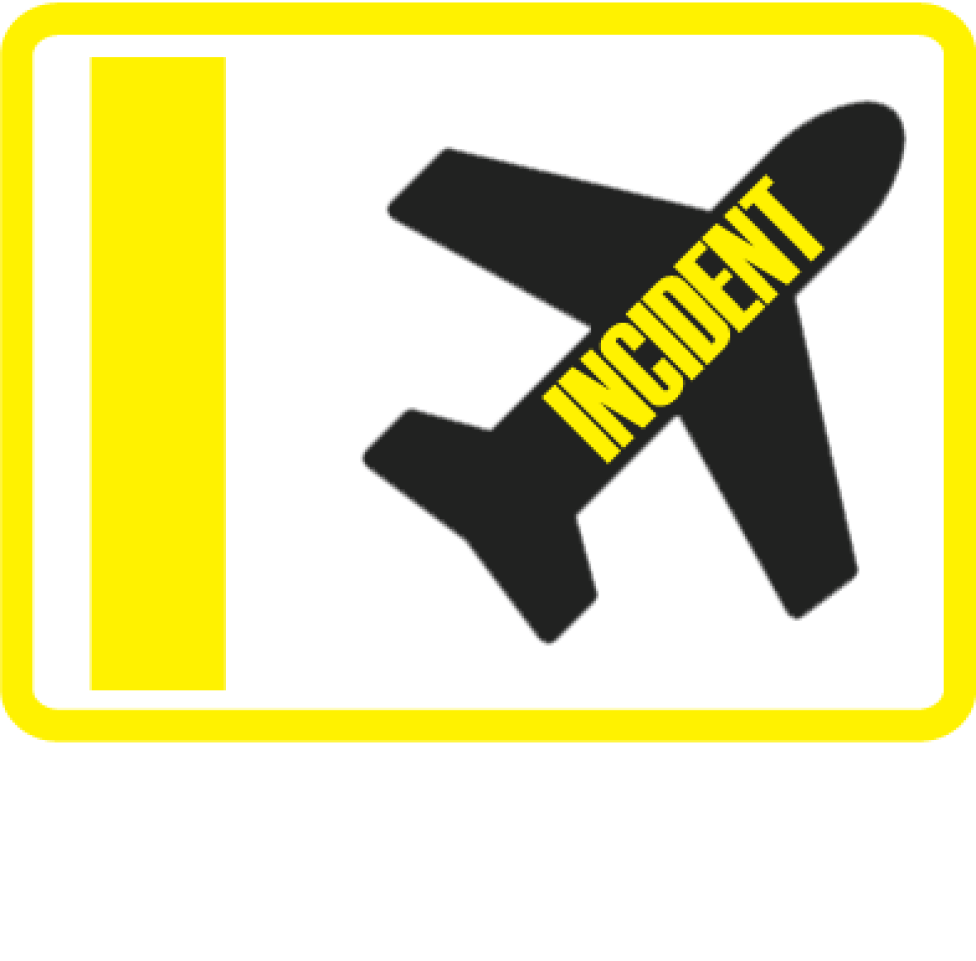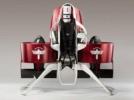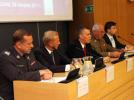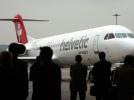Lion B738 at Gorontalo on Aug 6th 2013, hit cows and runway excursion on landing
Indonesia's National Transportation Safety Committee (NTSC, also known as KNKT) have released their final report concluding the contributing factor to the serious incident were:
Some fences at the north and south of the runway along about 500 meters were broken and some parts were not installed with the fences.
- The Djalaluddin Airport has been audited by The Directorate of Airport dated 11 July 2013 number: 016/DBU-IK/VII/2013, as the findings it found that: some Airport perimeter fences broken and the corrective action program did not perform. As such, This condition could be clasified as extreemly high since the findings issued till this serious incident occurred.
The NTSC reported the aircraft landed on Gorontalo's runway 27.
The captain (44, ATPL, about 10,000 hours total, 3,858 hours on type) was pilot flying, the first officer (32, CPL, about 1,700 hours total, 1,393 hours on type) was pilot monitoring.
After normal approach and touch down in clear weather and night conditions during roll out the crew saw a number of animals ahead, the aircraft impacted such animals at about 120 knots about 550 meters/1800 feet past the runway threshold. The crew subsequently felt the brakes were ineffective, the aircraft veered to the left and came to a stop on the left runway shoulder about 2,100 meters/6900 feet past the runway threshold.
The smell of burning meat entered the cabin during roll out and dissipated after the engines were shut down.
The NTSC reported that Gorontalo tower issued taxi clearances but received no reply. About a minute later the crew called tower reporting they had hit animals during roll out, stopped on the runway shoulder and needed assistance, the crew inquired whether any fire was visible. Tower advised they could not see any fire.
The captain subsequently made an announcements requesting passengers to remain seated and wait for further instruction, a number of passengers however got up, opened the overwing emergency exits and exited the aircraft without instruction from flight crew. Two of those passengers received sprained ankles as result of them exiting through the overwing exits.
Arriving emergency services confirmed there was no fire, the passengers then disembarked through the right forward and both aft service doors via mobile stairs.
Two dead cows were found entangled with the aircraft's main landing gear struts. The hydraulic lines operating the brakes as well as the main landing gear weight on wheel sensors were damaged.
The NTSC analysed that the airport had been audited by the directorate of airports on July 11th 2013. The audit noted that parts of the airport perimeter fences had been broken resulting in an increased risk of wildlife hazard. The investigation could not find any evidence of corrective action taken by the airport following the audit until the time of the incident.
Given the landing weight, landing configuration (flaps 40) and runway conditions a landing distance of 5770 feet/1760 meters was required well within the landing distance of 7380 feet/2250 meters available. After touchdown spoilers and reversers deployed, automatic brakes activated according to BRAKE 3 settings, an initial deceleration of -0.316G was recorded, that decreased to -0.2G following the impact with the cows.
The safety actions taken by the Airport Authority (Photo: NTSC):
The aircraft sitting on the runway shoulder (Photo: NTSC):
http://avherald.com/h?article=4667a3d9/0000














Komentarze